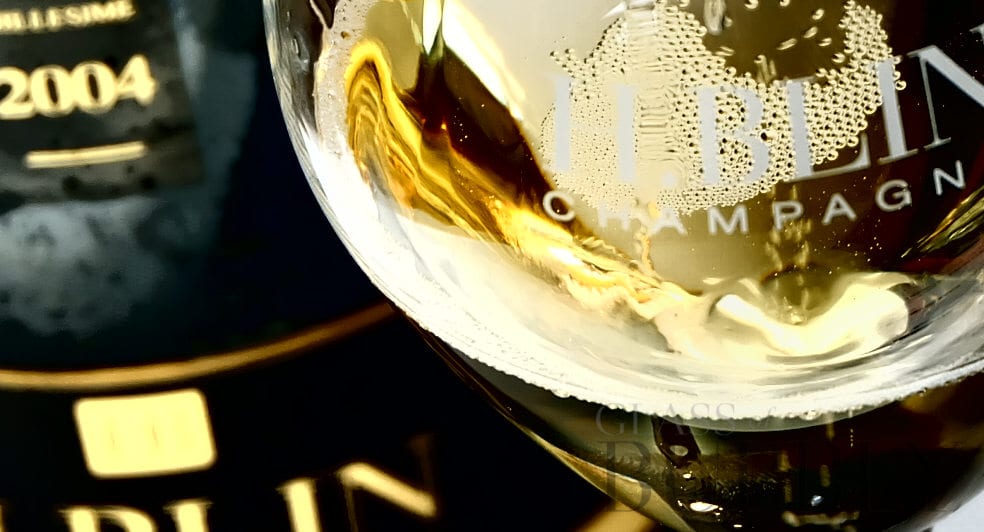Champagne: Debunking the Top Myths for Good
3rd October 2018

To say that Champagne has something of a premium reputation would be a complete understatement. As we all know, this is one tipple reserved for the very best of occasions – but it’s not necessarily something that you should believe everything that you read.
In other words, while Champagne might be exclusive and have all sorts of hyperboles associated with it, not all of these are true. Particularly for those of you who work in the catering industry, this is something that can come to hinder you professionally. For example, if you are trying to find find chef de partie jobs with Staff Heroes, it is crucial that you know the ins and outs of Champagne just so it compliments your menus accordingly.
With that, let’s take a look at some of the best myths associated with Champagne.
Myth #1 – A spoon can save the day
This is one of those instances that probably occurs across restaurants and households across the world. We’re referring to the practice of a spoon saving the day; when it is placed in the neck in a bid to keep the bubbles healthy.
Many people completely fall for this myth as in short, the bubbles do stay there. However, this doesn’t have anything related to the spoon. Instead, it’s because the temperature of the fridge means that the carbon dioxide is more soluble so doesn’t escape the liquid. In other words, you don’t even need a spoon.
Myth #2 – Champagne is just another sparkling wine
There’s nothing more frustrating to hear that Champagne is exactly the same thing as a sparkling wine. In short, it’s entirely different, and this all resonates in the quality.
Sure, there are some very good sparkling wines out there, but they don’t have the history and prestige associated with them like Champagne. Let’s not forget that to be officially called a Champagne, it has to originate from the region in France, and this doesn’t occur with the vast majority of sparkling wines.
Myth #3 – There are just two types of Champagne
Here’s another common misconception; there are just two types of the drink. Well, while most just delve into the sweet and dry varieties, there are in actual fact many different ones.
For example, if sweetness is your thing, you will opt for a Demi-Sec option. This is one of those Champagnes that is usually served with a dessert.
At the other end of the spectrum, we have Brut Nature, which is regarded as a completely dry Champagne with no added sugar. Usually, chefs will compliment this with various cheeses and meats.
In the middle of the above are Sec, Extra Dry, Brut and Extra Brut. All of these boast different qualities, which make them appeal to different occasions.
Myth #4 – Vintage Champagne is just a fancy term
Unfortunately, it’s not. There’s a reason vintage Champagne seems to cost much more; it tends to arrive from just one harvest. This is in stark contrast to non-vintage Champagne, which is from that year’s harvest and supplemented with wines from other years. In other words, the non-vintage type needs balancing out.
![]()
Glass of Bubbly Content
Content shared by this account is either news shared free by third parties or advertising content from third parties and affiliations. Please be advised that links to third party websites are not endorsed by Glass of Bubbly Ltd - Please do your own research before committing to any third party business promoted on our website.
